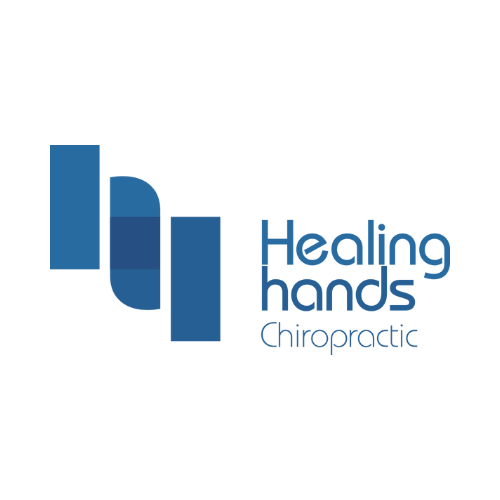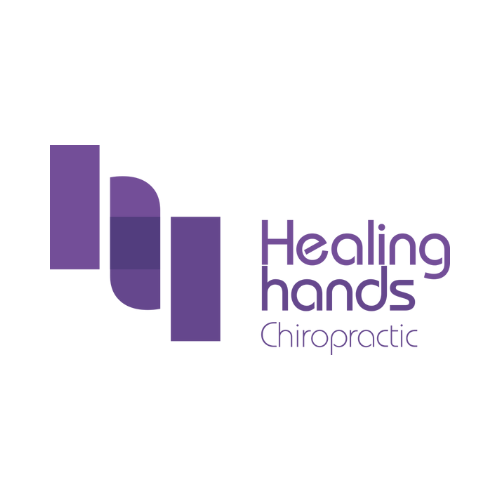Spinal disc degeneration is probably the most common cause of lower back and neck pains. Among spinal disc degeneration is a bulging disc, which occurs when the inner, jelly-like part of the discs located between the spinal vertebrae bulges out through a tear in the annulus.
While there are certain home remedies, such as daily stretches, that you can do on your own to alleviate discomfort or pain, you might want to consider supplementary therapies to help treat the root issue seriously. In this article, we will delve deeper into what bulging disc is all about and how chiropractic therapy can help with the condition.
Understanding the difference between a bulging disc and herniated disc
The discs, composed of tough cartilages on the external layer surrounding softer cartilages, act as cushions between the spinal vertebrae. Think of them as tiny jelly doughnuts between each vertebra. Over time, they wear and tear, dehydrating and stiffening. Such changes result in the external layer of the disc to bulge out. This is where the confusion begins. Bulging disc and herniated disc are often mixed up as the causes, signs, and symptoms are similar.
Although both pains can be managed through chiropractic care, there are clear differences between both conditions that can affect how your chiropractor approaches your overall treatment plan.
- Bulging disc: This condition occurs when the inner cartilage of the spinal disc, also known as the nucleus, bulges out, resulting in pressure placed on the surrounding nerves.
- Herniated disc: This condition occurs when there is visible damage or cracks to the external cartilage, leading to a slipped or ruptured disc, causing the nucleus to leak out. Unlike bulging discs where the disc protrudes, it causes the sciatic nerve roots to inflame or irritate, which leads to immense pain.
Techniques to manage bulging disc
Suffering from a bulging disc can result in extreme pain, especially when performing specific activities. However, a chiropractor can help to alleviate the pain using low-force, gentle movements to shift the disc protrusion away from the nerve roots.
Here are some spinal adjustment techniques your chiropractor may use to relieve your pain:
1. Massage therapy
Chiropractors employ varying massage techniques to alleviate muscle tightness stemming from nerve compression in the spinal region. Using deep, targeted tissue massage on the surrounding muscles of the affected spinal region helps to boost blood circulation and relieve muscle tension and spasms, bringing back the range of motion and flexibility.
2. Pelvic blocking technique
This technique involves using specialised cushioned wedges that are placed under both sides of the pelvis. The aim is to shift the bulging disc away from the spinal nerve. It is also used in hip and lower back pain treatment.
3. Spinal decompression technique
With this treatment, chiropractors utilise a traction table that helps to stretch the spine gently to alleviate leg or back pains. The spinal decompression technique helps to create negative pressure, moving the bulging disc to reduce the compression on the nerves and surrounding regions.
The technique also helps to boost fluids, nutrients, and oxygen flow, allowing the discs to heal efficiently and effectively. Besides treating bulging discs, the technique can also be employed on patients suffering from facet joint syndrome, degenerative disc disease, neck pain, and an injured sciatic nerve.
4. Flexion distraction technique
This is a form of spinal manipulation technique that helps to reduce any nerve compression caused by bulging or herniated discs. It helps boost spinal movement, providing relief from lower back, neck, arm, or leg pain. It can also help to manage other issues, such as strains, sprains, scoliosis, spinal stenosis, arthritis, and sciatica.
During the chiropractic visit, the chiropractor will employ light movements to shift the herniated or bulging disc away from the nerves, helping to shift the protruded disc back to its original spinal position. It also helps to boost fluid circulation, which ensures a healthy intervertebral disc.
Conclusion
Chiropractic care is ideal for bulging disc issues. Many patients have, in fact, shared that they have experienced instant comfort and relief after the first session. You can recover from a bulging disc without having to go through any medical or surgical procedures. However, if your symptoms do not improve with chiropractic care, then a more advanced form of treatment is necessary. Always work with your chiropractors for the best solution.
At Healing Hands Chiropractic, we do more than pain relief. We offer a holistic solution plan. Our team of experienced chiropractors have treated many conditions, offering a vast selection of treatment plans, such as frozen shoulder treatment. We even offer corporate health wellness programs for companies that want to provide corporate solutions for pain relief. All these can be found at https://healinghands.com.sg/.













